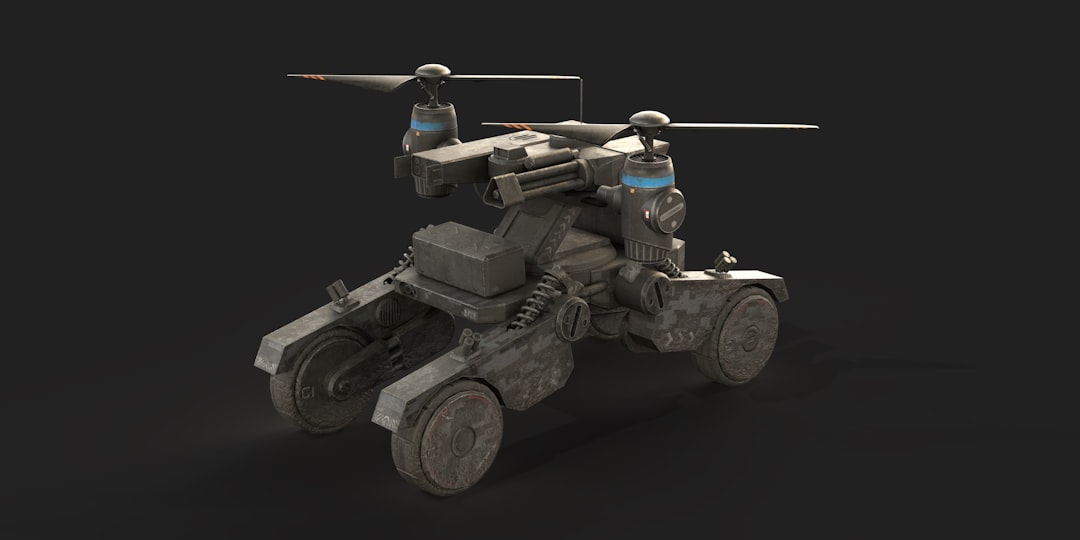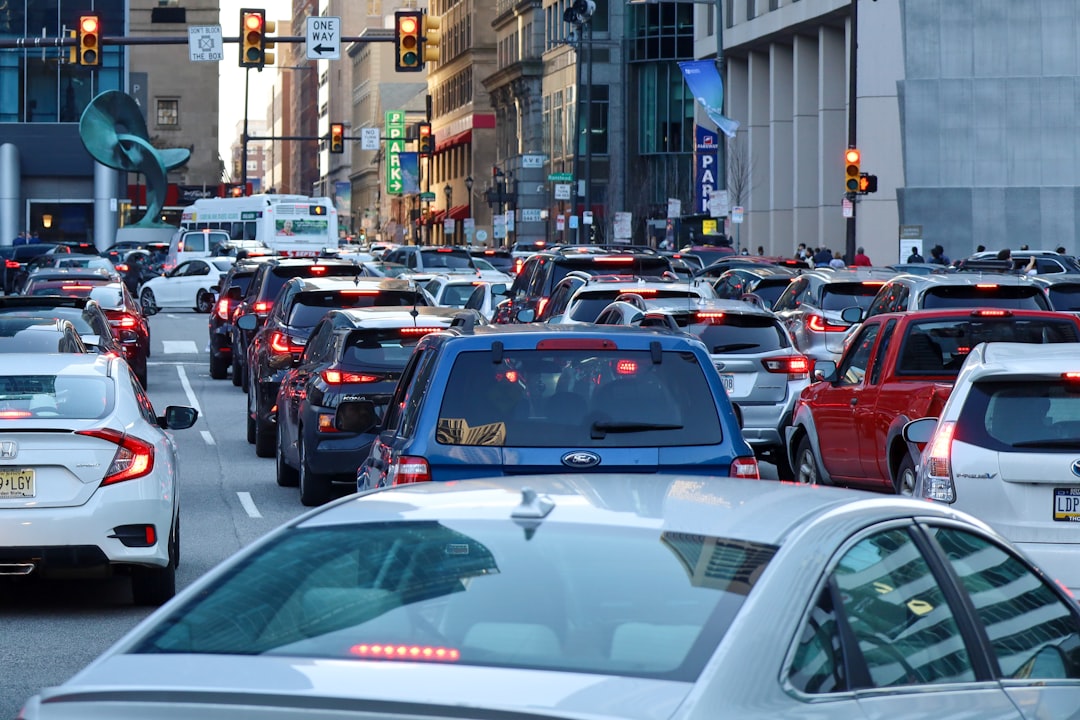Uber’s vehicle inspection process is a foundational part of ensuring a safe and efficient rideshare experience for both drivers and passengers. One of the key tools in this process is the Uber Vehicle Inspection Form, a standardized checklist that assesses the condition and safety of the driver’s vehicle before it is approved for service on the platform. Whether you’re a new driver preparing for your first trip, or a seasoned professional due for re-inspection, understanding the different fields of this form—particularly the VIN, photo requirements, and safety checklist—can help streamline the process and ensure compliance with Uber’s standards.
The Importance of Vehicle Inspections for Uber
Uber requires all vehicles on its platform to pass a thorough inspection conducted by a certified mechanic or Uber-approved inspection center. This process is vital for:
- Safety: Verifying that vehicles meet minimum operational standards to ensure rider safety.
- Trust: Building passenger confidence in the reliability of Uber drivers and their cars.
- Regulatory Compliance: Meeting city and state laws regarding commercial vehicle operations.
Failing the inspection can delay a driver’s ability to go online or result in deactivation, so it’s essential to be prepared and informed.
Key Fields on the Uber Vehicle Inspection Form
The Uber vehicle inspection form includes several critical fields that are required for submission. Each field plays a role in authenticating the vehicle and assessing its roadworthiness.
1. Vehicle Identification Number (VIN)
The VIN is a unique 17-character code that identifies a specific vehicle. This field is vital because it verifies the identity of the car being inspected. Uber uses the VIN to ensure that the submitted vehicle matches the one registered under the driver’s Uber profile.
Where to Find the VIN:
- On the dashboard near the windshield on the driver’s side
- Inside the driver’s side door frame
- On your insurance documents or registration card
The VIN must be entered correctly and clearly on the inspection form. Any mismatch can delay approval or trigger additional verification steps.

2. Required Vehicle Photos
Photos are a vital part of the inspection process. They serve as visual proof of the vehicle’s condition and corroborate information entered into the inspection form. Uber typically requires the following images:
- Front of the Vehicle: Clearly showing the license plate
- Back of the Vehicle: Showing rear lights and condition
- Driver’s Side: Unobstructed, from bumper to bumper
- Passenger Side: Full view of the side panel, including doors and windows
- Interior: Shows seats, dashboard, and interior condition
The photos submitted must be clear, well-lit, and taken recently. Obscured or outdated pictures can result in delays or rejection of the inspection.

3. Comprehensive Vehicle Safety Checklist
The heart of the Uber Inspection Form lies in its safety checklist. This list ensures that the vehicle complies with Uber’s standards and local regulations. The following items are typically reviewed during the inspection process:
- Brakes: Proper function, no grinding or squealing noises
- Steering and Suspension: Responsive with no strange noises or stiffness
- Lights: Headlights, tail lights, brake lights, and turn signals must all operate correctly
- Tires: Adequate tread depth, no visible damage or excessive wear
- Horn: Must be functional and easily accessible
- Windshield and Wipers: Clear of cracks, wipers functioning properly
- Seatbelts: All seat belts must be accessible, secure, and in working order
- Air Conditioning and Heater: Climate controls must be fully operational
- Exhaust System: No leaks or excessive emissions
- Doors and Windows: Must open and close properly; all window mechanisms must work
Each item on the checklist must pass in order for a driver to get clearance. If any component fails, the mechanic will likely indicate what needs to be repaired before issuing a passing grade.
What Happens After the Inspection?
Once the mechanic completes the inspection and fills in all relevant sections—VIN, photos, and the safety checklist—the form is submitted to Uber. This can be done electronically through a partnered inspection center or manually uploaded by the driver.
If the inspection is successful, and all documents match Uber’s requirement, the driver’s vehicle will be approved, and they can begin offering rides. If not, the driver will receive instructions on what needs to be fixed or re-submitted.
When Do Inspections Need to Be Repeated?
Uber inspections are not a one-time process. Most drivers are required to complete an inspection annually or as mandated by local regulations. Other scenarios that might trigger a reinspection include:
- Switching vehicles on your Uber profile
- Relocating to a new city with different local requirements
- Accidents or reports of poor vehicle condition
Maintaining proper documentation and staying ahead of inspection deadlines is critical to ensuring uninterrupted access to the Uber platform.
Advice for a Successful Uber Vehicle Inspection
To improve your chances of passing the inspection the first time, consider the following tips:
- Conduct a self-inspection: Review the checklist items at home before visiting the mechanic.
- Fix known issues: Worn tires, broken lights, or malfunctioning seat belts are easy fixes that can make or break your inspection result.
- Clean your car: A clean interior and exterior leaves a better impression and makes it easier for photos to be approved.
- Bring all documents: Including your registration, proof of insurance, and driver’s license.

Conclusion
The Uber Inspection Form is more than just paperwork—it’s a comprehensive safety net that maintains the rideshare ecosystem’s integrity. By understanding essential fields such as the Vehicle Identification Number (VIN), photo requirements, and the safety checklist, drivers can navigate the inspection process with confidence and professionalism.
Preparing in advance, staying informed, and maintaining your vehicle are all steps that demonstrate reliability and commitment to rider safety. With the right knowledge and preparation, passing your Uber inspection can be a straightforward and efficient process—getting you on the road and earning as soon as possible.
